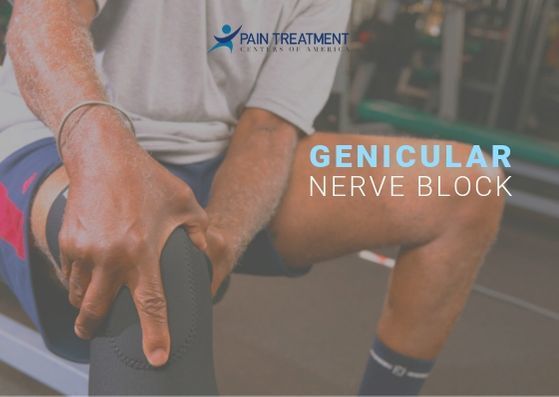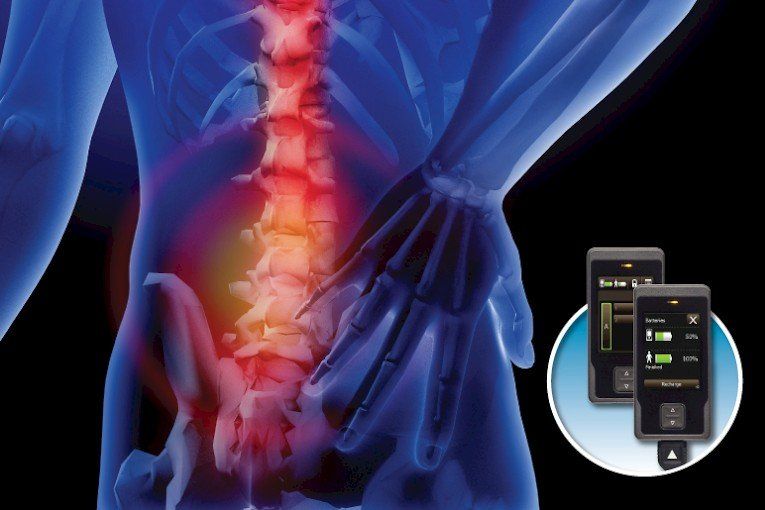4 Tips to Avoid Dehydration and Get Pain Relief
- By PatientPoint Launch
- •
- 15 Jan, 2019
- •

Dehydration occurs when your body does not have enough water to function properly. You lose water every day from basic bodily functions like sweating, breathing, and going to the restroom. If you don’t replace the lost fluids by drinking and eating foods that contain water, you put yourself at risk for mild, moderate, or severe dehydration. A survey sponsored by the International Bottled Water Association and the Nutrition Information Center found that 75% of Americans are chronically dehydrated.
Hydration and Pain
Hydration plays an important role in the body’s ability to function and heal. Maintaining proper hydration is crucial if you’re recovering from a surgery or injury, or suffering from chronic muscle and joint pain. Dehydration can exacerbate chronic muscle and joint pain, slow the rate of healing, and increase the chances of injury. Water helps hydrate discs between the vertebrae in your spine and prevents your tendons, ligaments, and muscles from becoming tight and stiff.
Proper hydration can help reduce pain and protect your joints and muscles by keeping the cartilage soft and pliable. Dehydration pulls fluid out of your tissues, which causes overall body aches and pains. One of the easiest ways to reduce pain is to increase your daily intake of clean water.
4 Tips for Staying Hydrated
It can be difficult to make sure you’re getting enough water each day. Here are some tips and tricks to help you maintain proper hydration.
1) Start Your Day With a Glass of Water
Start each day by drinking a full glass of water when you wake up. This will help you get on the right track and stay hydrated throughout the day. Try putting a glass of water by your bed each night to drink in the morning.
2) Make a Goal
Give yourself a daily water intake goal and stay motivated to reach your goal every day. Various factors can influence the amount of water a person needs. Generally, it’s recommended that women drink 91 ounces a day and men drink 125 ounces per day.
3) Write It Down
Start a hydration journal and write down how much water you drink each day. This will help to keep you on track with your daily goal. A journal is also a great place to track your pain symptoms and be very useful when meeting with your physician about a plan of action to address ongoing symptoms.
4) Snack Smarter
Consider adding high-water-content fruits and vegetables like cucumber, celery, watermelon, strawberries, spinach, and tomatoes to your diet. They are a tasty way to ensure you stay hydrated! You can also add them to your water for a fun twist to your daily hydration regimen.
Read A Related Article by PTCOA: Nature Walks Near White Hall, AR
Contact Pain Treatment Centers of America
Chronic dehydration can lead to other health problems if not addressed right away. If you’re experiencing significant pain and/or prolonged pain, it is best to visit with a specialist at Pain Treatment Centers of America.
Offering medical management and interventional pain management options, PTCOA physicians will help you get back to a healthy and happy lifestyle.
Find a location and schedule an appointment today!

















